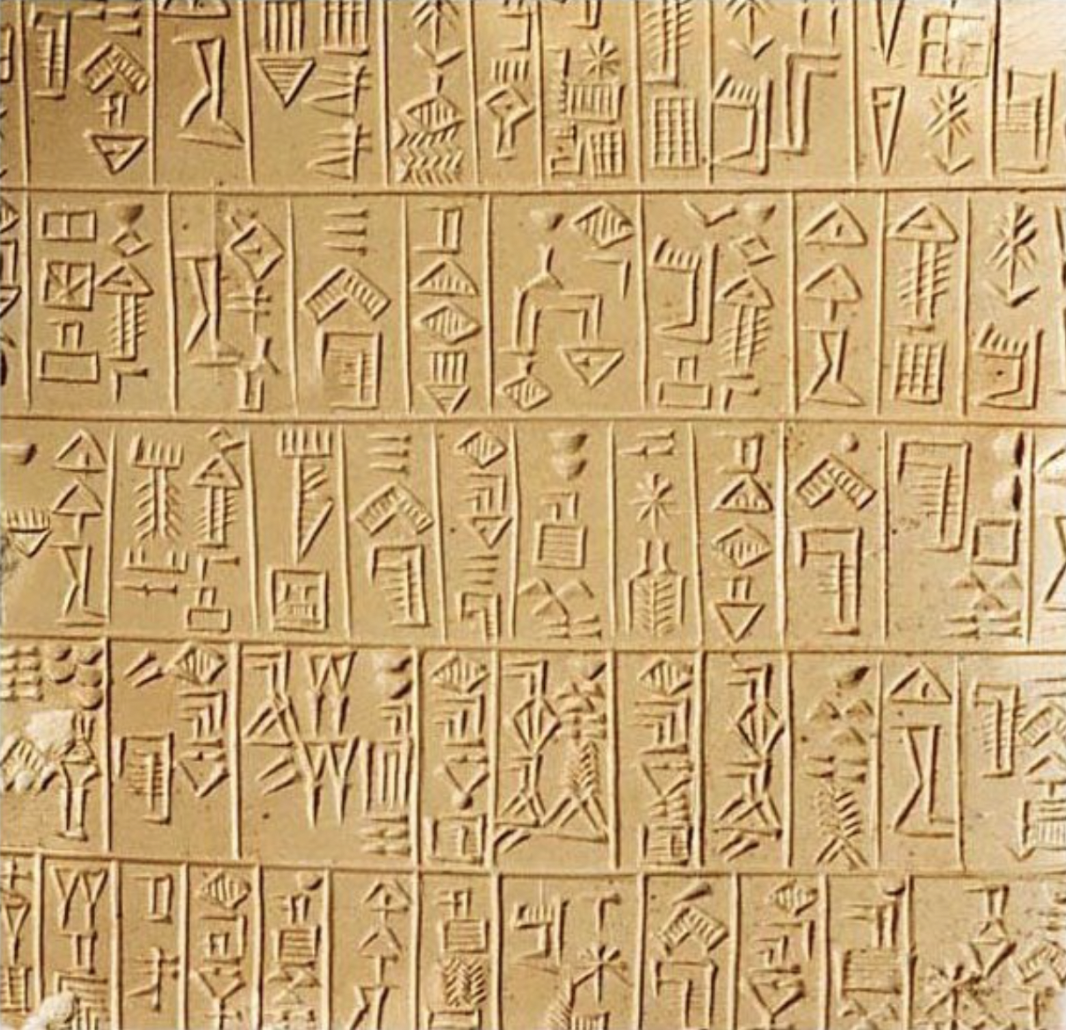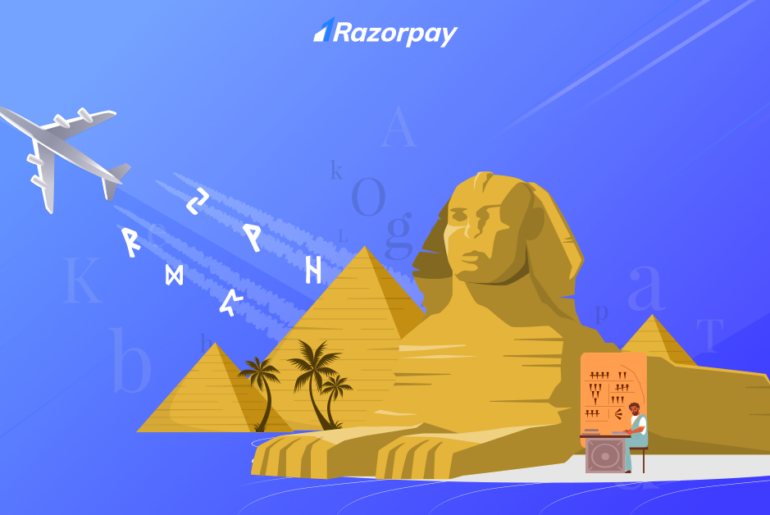For over 5,600 years, writing has been more than ink on paper; it’s a testament to humanity’s unwavering spirit. Through the written word, we’ve leapt across the chasms of time and distance, handed down wisdom from one generation to the next, and laid blueprints for the future. It has become our bridge to a deeper understanding – of the cosmos, our peers, and most importantly, our inner selves.
Through the power of the written word, we have transcended space and time. Conversations spanning generations have unfolded not in echoing chambers but across the pages of handwritten letters, books, and in today’s digital realms. We’ve felt the musings of ancient thinkers resonate within us, the passion of past poets ignite our emotions, and the groundbreaking visions of pioneers steering our collective journey forward.
At its core, writing is humanity’s perpetual quest: to comprehend and connect, to probe and discover, and to envision and manifest. Far from just a communicative tool, it serves as a gateway to the cosmic wonders, the heartbeat of societies, and the depths of the human spirit.
Early Days of Writing
The roots of writing can be traced all the way back to ancient Sumerians who lived in what is now southern Iraq around 3200 BC. Before writing, societies would record their trades and resources using tokens and other mnemonic devices. However, as societies and trade flourished, the need for a more sophisticated system became paramount.
Enter Cuneiform! One of the earliest writing forms, named for its wedge-shaped marks on clay tablets with a stylus. Using simple pictographs, it evolved into a more abstract system representing sounds and ideas. This was the case because language (and verbal communication generally) were fairly rudimentary at that time. Early on, cuneiform was written top to bottom, contrasting the familiar horizontal left-to-right flow in many modern languages. Eventually, its orientation shifted to left-to-right, with individual signs rotated to fit this new direction, which became the standard for cuneiform.

In its early days, cuneiform was chiefly used for financial and administrative tasks. Sumerians meticulously noted transactions like goods exchanged, taxes settled, and allocated rations. For example, a clay tablet might record barley quantities received from a certain farmer or sheep sales from a particular marketplace.
Such meticulous documentation was vital for the governance of Sumerian city-states. With these detailed records, officials efficiently oversaw state storage facilities, religious temples, and other key establishments. This practice ensured a stable economy and empowered these city-states to command extensive resources and large communities.
From humble beginnings as basic notches on clay tablets to track inventory, cuneiform blossomed into an essential medium for communication and governance. This pioneering script, coupled with the Sumerians’ dedication to detailed record-keeping, laid the foundation for subsequent writing systems and the intricate administrative structures of future empires.
The Need for Simplicity in Communication
As humanity navigated pivotal historical events such as the Industrial Revolution, World Wars, the Cold War, and significant advancements in science and technology, the demand for clear instructions became increasingly evident.
Providing instructions or manuals with products has ancient roots, but the kind of user manuals we associate with modern devices began to appear more systematically with the advent of complex machinery during the Industrial Revolution in the late 18th and 19th centuries.
As machinery and products became more intricate, the necessity for clear instructions on operation, maintenance, and safety became the need of the hour. By the late 19th and early 20th centuries, with the proliferation of automobiles, household appliances, and other consumer goods, manufacturers recognized the importance of including user manuals not only for the proper use of the product but also to limit their own liability in case of misuse.
User manuals have always been our guiding stars, deciphering the mysteries of devices from different corners of the world. Have you ever noticed they come in an array of languages? That’s the magic of globalization, ensuring gadgets find a home across varied linguistic landscapes. However, while this multilingual approach feels like second nature for pocket-sized wonders like calculators, it poses a Herculean challenge for certain industries.
Take, for instance, aircraft manufacturing companies. Imagine trying to detail the intricacies of a machine composed of millions of parts, each sourced from global nooks and crannies and assembled at multiple junctures. A manual for such a marvel in just one language would be a tome, rivalling the length of classic epics! The vastness and complexity of documenting an aircraft’s operation, maintenance, and safety in multiple languages were not feasible. At first, manufacturers would develop manuals only in the local language for the adoption of local mechanics and technicians working on the aircraft.

As aircraft soared from one corner of the world to another, they paused for essential touch-ups and fixes in diverse lands. But here’s the twist: those intricate manuals, with their maze of technical jargon, often left mechanics and technicians scratching their heads! The world cried out for a universal manual language, something clear yet comprehensive. Answering the call, the European Association of Aerospace Industries (AECMA) stepped into the spotlight. By the swinging ’70s and electric ’80s, the pioneering guidelines for Simplified Technical English (STE) emerged. It wasn’t just another standard; it was the dawn of the first-ever global lingua franca for technical documentation.
Why STE?
At its core, STE is a form of English language developed specifically for technical documentation. The idea is simple – break down the language to its simplest form and eliminate confusion as much as possible. In STE-approved documentation, each word can possess only a single meaning. You cannot use complex adjectives or words in your writing. Only the words that are approved in the STE dictionary can be used. Consider the adjective “big.” While it might seem straightforward, it can be deemed ambiguous in certain contexts. Similarly, the word “grand” can be misleading due to its multiple connotations. For clarity and precision, especially in technical documentation where ambiguity can lead to errors, it’s recommended to use “large” as a consistent descriptor.
The goal is to maintain word consistency across the documentation, fostering an intuitive understanding for the user regarding their subsequent actions. This ensures clarity and user-friendly navigation by adhering to specific guidelines, such as limiting sentences to a maximum of 20 words or prompting the user to execute just one action per sentence.
It does sound easier than it is. Breaking down complex actions into simple literature is no mean feat. You must understand the actions needed to be performed, visualize how you would break it down into simple text, and find the appropriate words for it.
That term was often misunderstood because people thought it meant easy English or baby English. But of course, when you try to write complex technical procedures in an easy way, that’s a very difficult thing to do.
– Duane Eilertson, Emeritus member of the STEMG
The driving force behind its inception was evident. In a time marked by swift global growth and escalating technological complexities, the aviation realm sought an accurate, clear, universally understood language. This endeavour transcended mere linguistic concerns—it was a pursuit of safety, uniformity, and efficiency in a sector where miscommunication could lead to catastrophic outcomes. Although STE diverges from traditional grammar norms, the aviation world holds it in high esteem, recognizing it as a paramount standard for documentation. The advent of STE underscored the aviation sector’s progressive approach, showcasing its dedication to international safety norms. Indeed, STE’s introduction remains a monumental moment in the annals of technical documentation.
Evolving Epochs
In the tapestry of our contemporary era, the intertwining threads of technology and the internet have woven patterns more intricate and expansive than anyone could have ever imagined. The omnipresence of the internet is awe-inspiring—it has made its mark, infusing vitality into virtually every industry and sector. Imagine living in an age where electric cars, those marvels of modern engineering, receive over-the-air software patches that enhance their performance, agility, and dependability. Or, take a moment to ponder over the sheer volume of UPI transactions executed in India, amounting to tens of thousands daily. Such rapid technological strides necessitate that our documentation remains current and ahead of the curve, receiving regular updates to stay relevant.
The significance of robust documentation hasn’t gone unnoticed by corporate magnates. An increasing number of enterprises recognize and emphasize the indispensable role that clear and succinct guidelines play. For them, documentation isn’t just an afterthought; it’s a primary product, echoing the ethos and standards of the company. Developers and technical writers, in this renewed environment, collaborate more closely than ever, ensuring that the blueprint, functionality, and content align seamlessly, reflecting the innovation and vision of the company.
Understanding one’s primary audience and crafting documentation specifically tailored to their needs is paramount in today’s rapidly evolving technological landscape. Tech giant Apple is a testament to this principle. With its detailed yet sleek developer documentation, Apple ensures that app creators can seamlessly integrate with the iOS ecosystem. They provide extensive resources, ranging from interface guidelines to in-depth programming instructions, all designed with the signature Apple aesthetic in mind.
On the other hand, Google also exemplifies excellence in user-focused documentation. Providing comprehensive guides for its range of products, from Android development to cloud integrations, Google’s documentation is rich with examples, use-case scenarios, and interactive demos. Both novices and experts can easily navigate through the plethora of information. It’s evident that both companies underscore the importance of an intuitive layout and clarity, making the intricate realm of technology more accessible to their vast user bases.
When we at Razorpay conceptualize our documentation, we adopt a similar user-centric approach. Recognizing the diverse businesses and developers utilizing our platform, we prioritize clarity, simplicity, and actionable insights. For example, our integration guides are filled with code examples and provide context on why certain steps are essential, thus ensuring that even those new to the payment gateway ecosystem can comprehend and implement our solutions effectively. By consistently putting our audience at the forefront, we’ve shaped our documentation to be more than just a manual—it’s a tool that empowers our users to harness the full potential of Razorpay’s offerings.
Through the Looking Glass
In the expansive timeline of human communication, the art and science of technical writing, while a relatively recent phenomenon, have witnessed substantial evolution. From the verbose manuals of early machinery to the interactive, hyperlinked digital documentation of today, the shift mirrors the broader technological transformation of our society. This evolution isn’t just about changing mediums or formats; it reflects a deeper understanding of user behaviour, needs, and expectations.
At this juncture, it’s essential to appreciate how far technical writing has come. Modern platforms, with their audience-centric documentation, exemplify the zenith of this journey while also offering glimpses into the potential directions the future might take. With the emergence of AI-driven content creation, augmented reality manuals, and even more personalized user experiences on the horizon, technical documentation is poised for yet another revolution. The underlying principle, however, remains steadfast: understanding the user’s needs and communicating effectively. As we continue to innovate and evolve, this central tenet will anchor our strides, ensuring that technical writing remains an invaluable bridge between humans and the ever-advancing world of technology.





